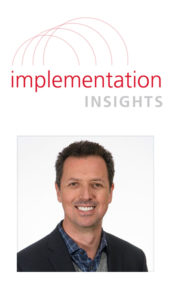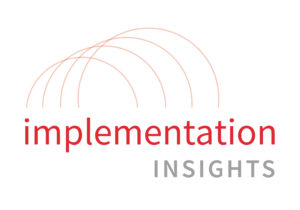
As NRG’s Head of Sustainability, Bruno Sarda leads the development and execution of company-wide sustainability
SASB speaks with Bruno Sarda, VP of Sustainability at NRG Energy, to understand NRG Energy’s process of implementing SASB standards. NRG Energy is a founding organisational member of the SASB Alliance.
While SASB believes material sustainability information should be disclosed in SEC filings, we recognise that some companies may first use the standards outside of the Form 10-K, and then may elect to incorporate them into their SEC filings.
Why did NRG Energy decide to use SASB standards to communicate with investors?
Today’s voluntary reporting space is crowded and complicated for both practitioners disseminating the information and stakeholders receiving the information. With that in mind, NRG supports transparency in reporting, especially when it directly contributes to generating comparable and consistent data within an industry. For stakeholders engaged in long-term decision making, such as investors, the SASB standards are a efficient tool for communing key information in a streamlined manner.
How do you see NRG Energy working towards providing this information to investors in SEC filings?
Once the standards are finalized further analysis will be conducted.
What were the challenges of using SASB standards for the first time?
At the time of NRG’s report publication, the SASB standards were only provisional, so there was some ambiguity around what the final version will look like. Therefore, we had to manage to a level of uncertainty about changing metrics and prepare to adapt as needed. As NRG is the first in the power sector to adopt the SASB standards, we required additional clarification surrounding which standards are most relevant to our business and as well as guidance on implementation. Other challenges included collecting some data earlier in our reporting cycle than usual as well as some changes to our third-party verification process.
How did you overcome these challenges?
Our SASB sector analyst (Infrastructure Sector Analyst Bryan Esterly) was a wonderful resource, providing key infrastructure around definitions and metrics. We also had conversations with a variety of experienced stakeholder groups on how best to present the information. The corporate sustainability manager responsible for voluntary reporting engaged internal business groups on what data was needed, and when, so that they were able to align on a timeline and process.
How were you able to compile the sustainability information in a timely matter, given NRG Energy’s existing disclosure processes for sustainability and financial information?
It was a challenge, but planning ahead helped us manage. The conversation around implementation of SASB standards started in 2016 and an analysis was done on alignment with other metrics we were already reporting in our SEC filings as well as other voluntary reporting frameworks. This helped us anticipate the level of effort needed to publish the new standards. Some of the information was already reported in our 10-K SEC filing, but additional environmental data had to be expedited as we had not previously reported the information in the particular format outlined by the standards.
Who were the internal players that were involved in the process?
Corporate sustainability, environmental compliance, investor relations, general counsel, chief of staff, CEO, communications, marketing, business operations.
To what extent were service providers involved in the process (e.g., data verification, outside counsel, etc.)?
As part of the starting process exploring the considerations and strategic implications of implementing the SASB standards, we sought advice from outside counsel. We collaborated with legal counsel who specializes in corporate governance and securities to conduct an initial analysis of NRG’s reporting practices with respect to sustainability. Additionally, select GHG and water environmental data was third-party verified by an independent accountant as stated in our 2016 Sustainability Report.
What advice do you have for companies that are beginning the process of integrating SASB standards into their disclosure processes?
It depends on where the company is in their sustainability journey. NRG’s vision is to create a sustainable energy future, therefore we are fortunate to have executive decision makers that see the value in reporting standards. It is important that you speak the same language (or a similar language) with your key internal and external stakeholders around ESG and sustainability reporting. This can take time, so as with any voluntary reporting project, start early and be organised. Talk to other companies that have gone through the process. Talk to your SASB sector analyst and utilise the published resources and the SASB Navigator.
